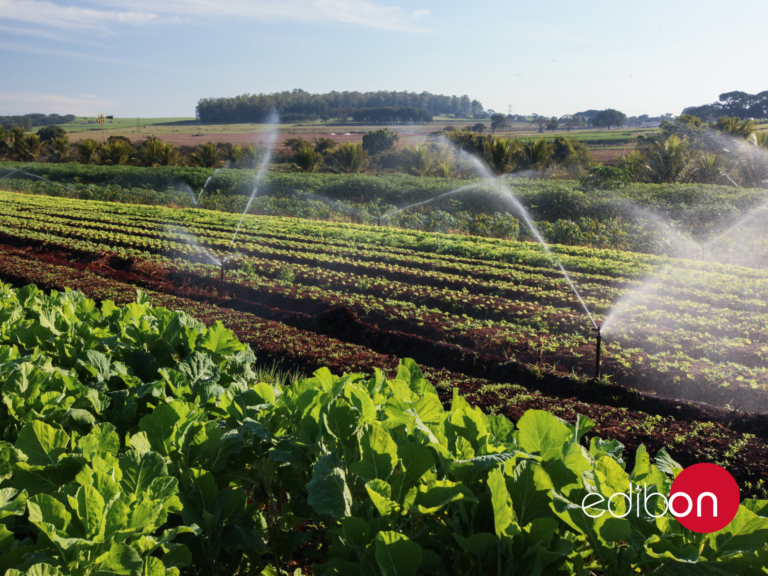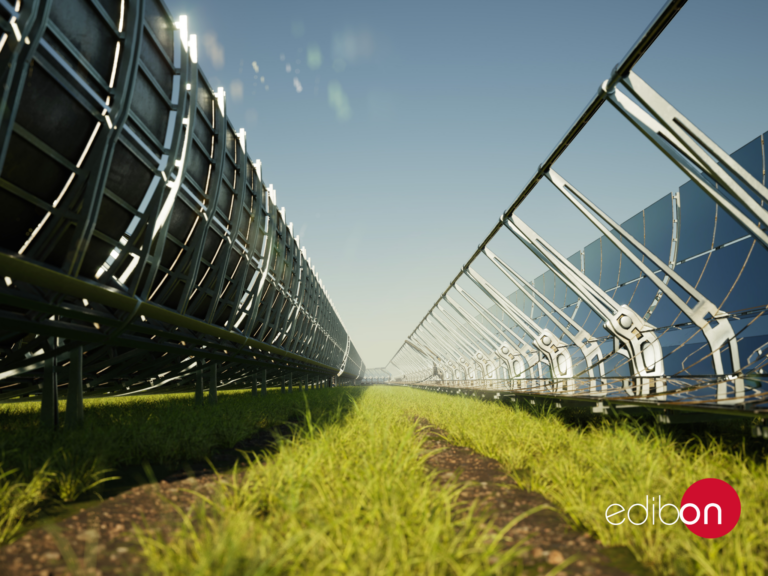At EDIBON, we understand that technical education is one of the essential pillars for ensuring a more sustainable future—especially in the face of increasing pressure on water resources. Efficient water use in agriculture is not only an urgent necessity but also a valuable opportunity to transform the agricultural sector through knowledge, technology, and innovation.
We recognize that behind every technical solution is a new generation of professionals in training—and behind them, professors committed to providing rigorous, up-to-date teaching that’s closely connected to real-world agricultural challenges. That’s why we had the pleasure of interviewing Dr. Luis Humberto Bahú, professor and researcher at the Technological University of Uruguay (UTEC), a recognized expert in agricultural hydraulics and in the integration of technology for learning and efficient irrigation management.
At EDIBON, we share his vision and work to equip higher education institutions with the solutions needed to support this type of learning: didactic benches, hydraulic channels, educational weather stations, and IoT-integrated systems that bring the realities of the field into the classroom.

What are the main challenges you face when teaching irrigation and drainage principles to your students, and how do you approach the complexity of fluid systems in agriculture?
Dr. Luis H. Bahú: “One of the main challenges is helping students connect theory with field reality. In courses like Hydraulic Works, concepts like subcritical, critical, and supercritical flow—or hydraulic jumps—can seem very abstract if taught only through equations.
To address this, we conduct lab-based exercises using a hydraulic channel. Students can directly observe how water behaves under different
flow rates, slopes, and depths. We also organize field trips to waterlogged areas, where students measure groundwater depth, saturated hydraulic conductivity (Ksat), and analyze soil conditions. These hands-on experiences are key to understanding how water interacts with hydraulic structures and drainage systems.”
How have you incorporated modern technologies in teaching irrigation and drainage systems to improve water use efficiency?
Dr. Luis H. Bahú: “We’ve integrated monitoring stations equipped with sensors for soil moisture, temperature, and other variables, allowing students to follow research projects and analyze plant-water behavior under different conditions.
We also use weather stations to assess real-time climate data and calculate water balances. Additionally, we work with drones to visualize irrigation distribution and detect areas with water surplus or deficit. Finally, we’ve implemented IoT-based technologies to automate irrigation and manage data in real time. These solutions are essential for training aligned with sustainable and precision agriculture.”
What strategies do you consider key to promoting sustainable water management practices in agriculture?
Dr. Luis H. Bahú: “A crucial strategy is controlled deficit irrigation. It helps save water without significantly affecting crop yields. This must be supported by constant monitoring of soil conditions, crop health, and water sources.
Crop rotation is also essential. It improves soil structure, enhances infiltration capacity, and reduces the risk of salinization. When students understand these processes and apply them in real-world cases, they build stronger skills to design sustainable production systems.”
How do you help students apply theoretical hydraulics knowledge in practical situations related to irrigation and drainage system design and maintenance?
Dr. Luis H. Bahú: “We reinforce theoretical learning with hands-on lab sessions using digital hydraulic measurement solutions that record flow rate, pressure, and velocity. This helps validate the equations studied in class.
We also organize field trips where students evaluate real hydraulic structures, identify problems, and propose solutions. They participate in research projects using actual monitoring equipment. This allows them to apply what they’ve learned in real-life scenarios and equips them with the solutions for sound technical decision-making.”
What recent innovations in fluid engineering do you see as the most promising for improving productivity and sustainability in agriculture? How should future engineers be trained in this area?
Dr. Luis H. Bahú: “The most promising innovations include using drones for crop monitoring, advanced moisture sensors, automated irrigation systems, and incorporating solar energy to power these technologies. We’re also working on agrivoltaic projects—producing both energy and food on the same land.
To prepare engineers who can lead these innovations, it’s vital that their education be interdisciplinary.
They must have a strong theoretical foundation as well as practical skills in technology management, data analysis, renewable energy, and sustainable water management.”

Our Commitment: Technology for Education with Impact
At EDIBON, we support professors like Dr. Bahú by providing high-tech educational solutions that make it easier to teach hydraulics, irrigation, and agricultural sustainability. We believe the future of agriculture is also cultivated in laboratories, technical classrooms, and spaces where students learn by doing.
That’s why we develop advanced teaching equipment that simulates real operating conditions—from flow channels and irrigation network simulators to educational weather stations and IoT solutions for water management. Our goal is clear: to help train professionals who are ready to face the challenges of 21st-century agriculture
We sincerely thank Dr. Luis Humberto Bahú for sharing his insights and for his dedication to transformative teaching.
Because educating, innovating, and protecting water is our mission too.
